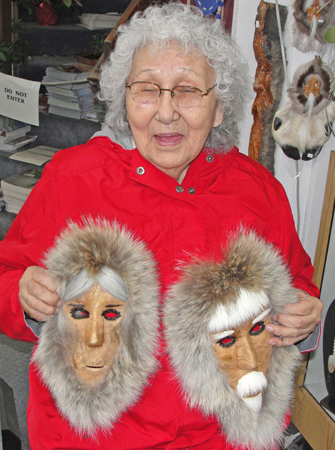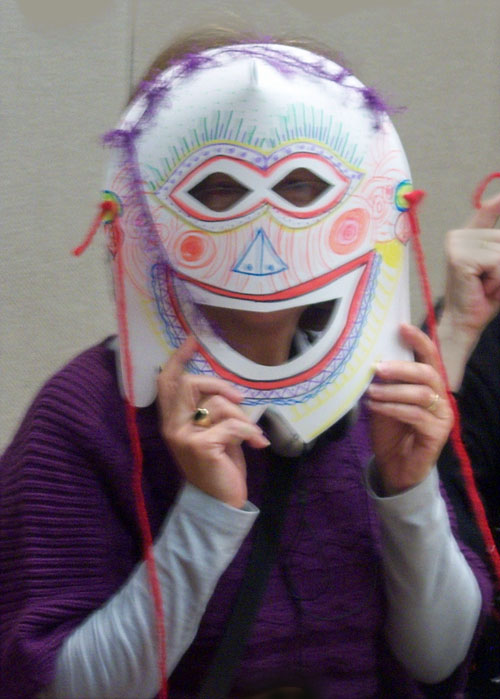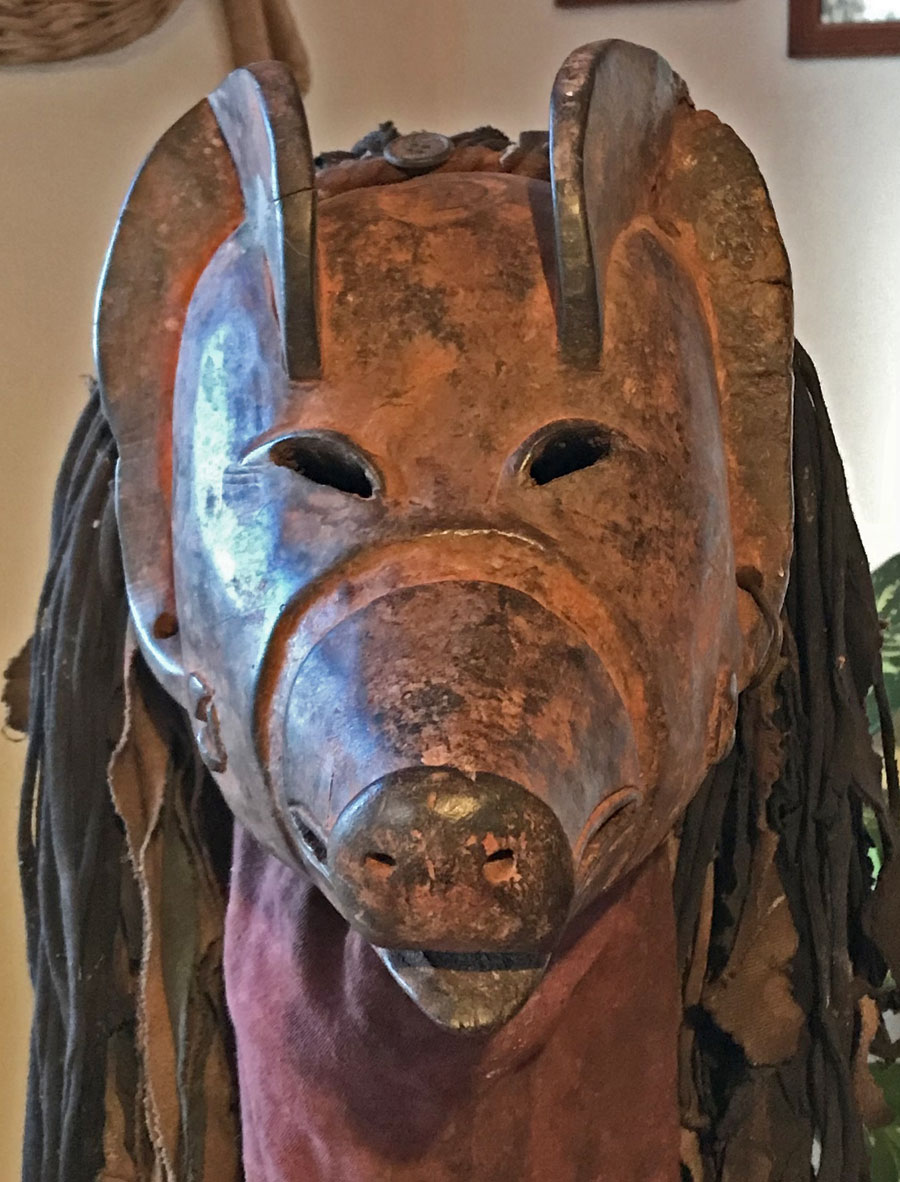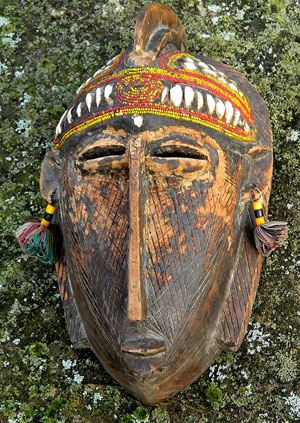 Q: A friend of mine said she acquired this mask in the 80’s in Alaska, but didn’t know much else about it. Rick, 1805
Q: A friend of mine said she acquired this mask in the 80’s in Alaska, but didn’t know much else about it. Rick, 1805
A: I answered him: For at least 100 years Eskimo women have been making these skin and fur masks… occasionally for ceremony, but mostly they are sold to tourists for about 10 to 20 dollars.
I thought about it later. These masks, which are widely available and reasonably priced, are the primary source of income for many elderly Eskimo women. Why not buy one for your house or some as Christmas gifts. The Artic people are under-privileged and can use your support. I hope this nice lady get through the pandemic.
Rick’s mask has an unusual marking on it’s chin. The skin is reindeer and the fur could be any wild animal with long, warm hair. I hope this nice lady get through the pandemic.







3 Comments
Rick Newman
Apparently the kind of pattern on the chin is of significant importance among the “Eskimo”. I found the information in an article titled “TATTOOS OF THE HUNTER-GATHERERS OF THE ARCTIC” by Lars Krutak
“Chin stripes served multiple purposes in social contexts. Most notably, they were tattooed on the chin as part of the ritual of social maturity, a signal to men that a woman had reached puberty. Chin patterns also (historically) served to protect women during enemy raids.”
“At Point Hope, Alaska (Tikigaq) a girl’s first tattoos were received after her first menstruation. And old woman (aana) drew a sinew thread soaked with lampblack (soot) through the eye of a needle. She then tattooed the girl’s chin with three vertical lines, because it is said that “[t]attoos and sexual bleeding tie her to the [celestial] sister. Tattooing is soot smears, fire-sparks, speckles, the sun’s streaking”
Bob Ibold
Rick… Thanks for this interesting information!
Wolfren Vallejo
Nice and very interesting information, I love your job, I really appreciate what you did!